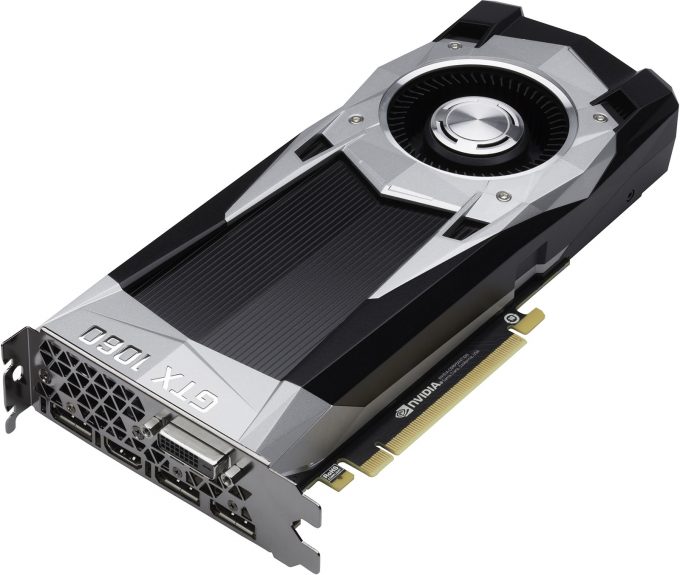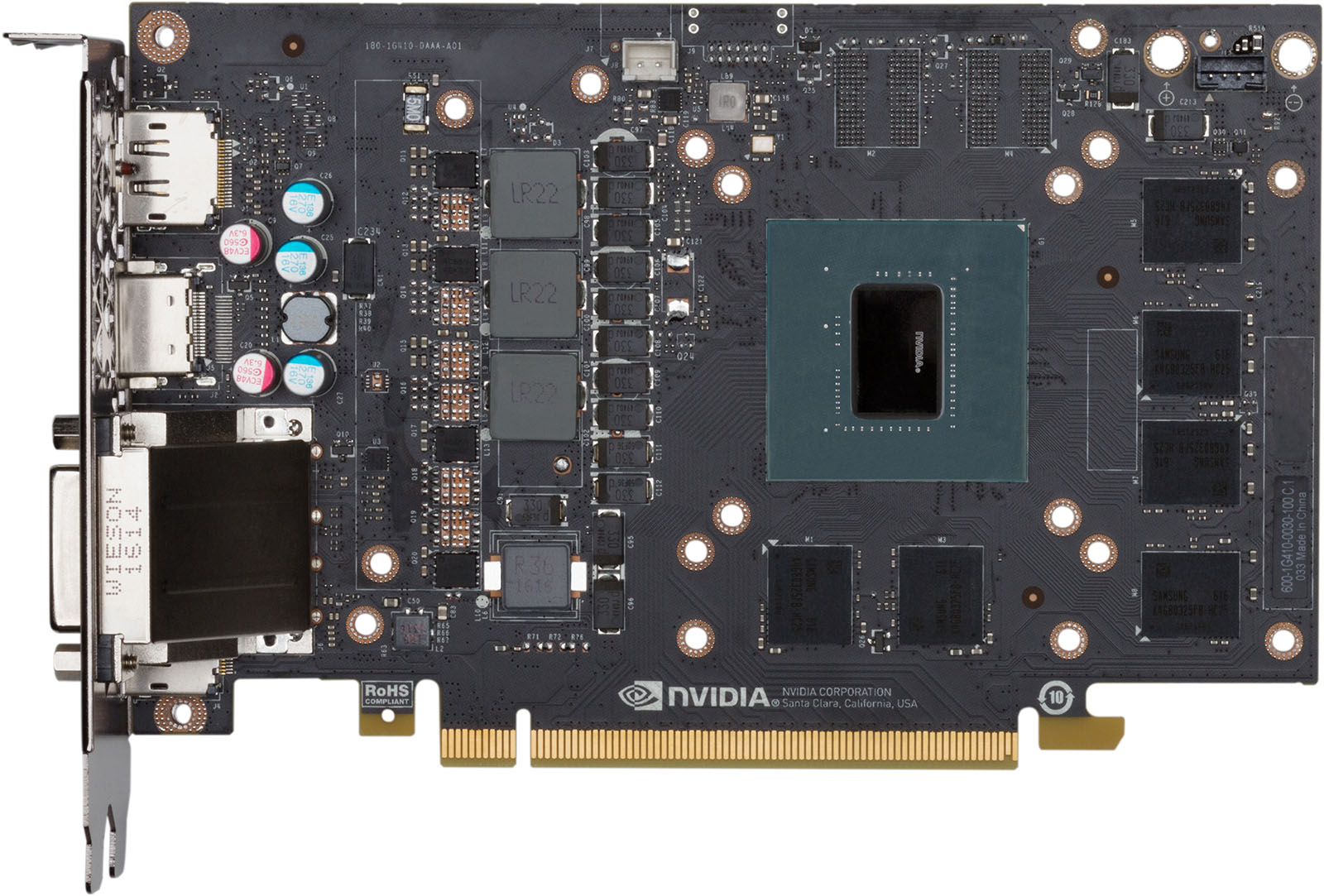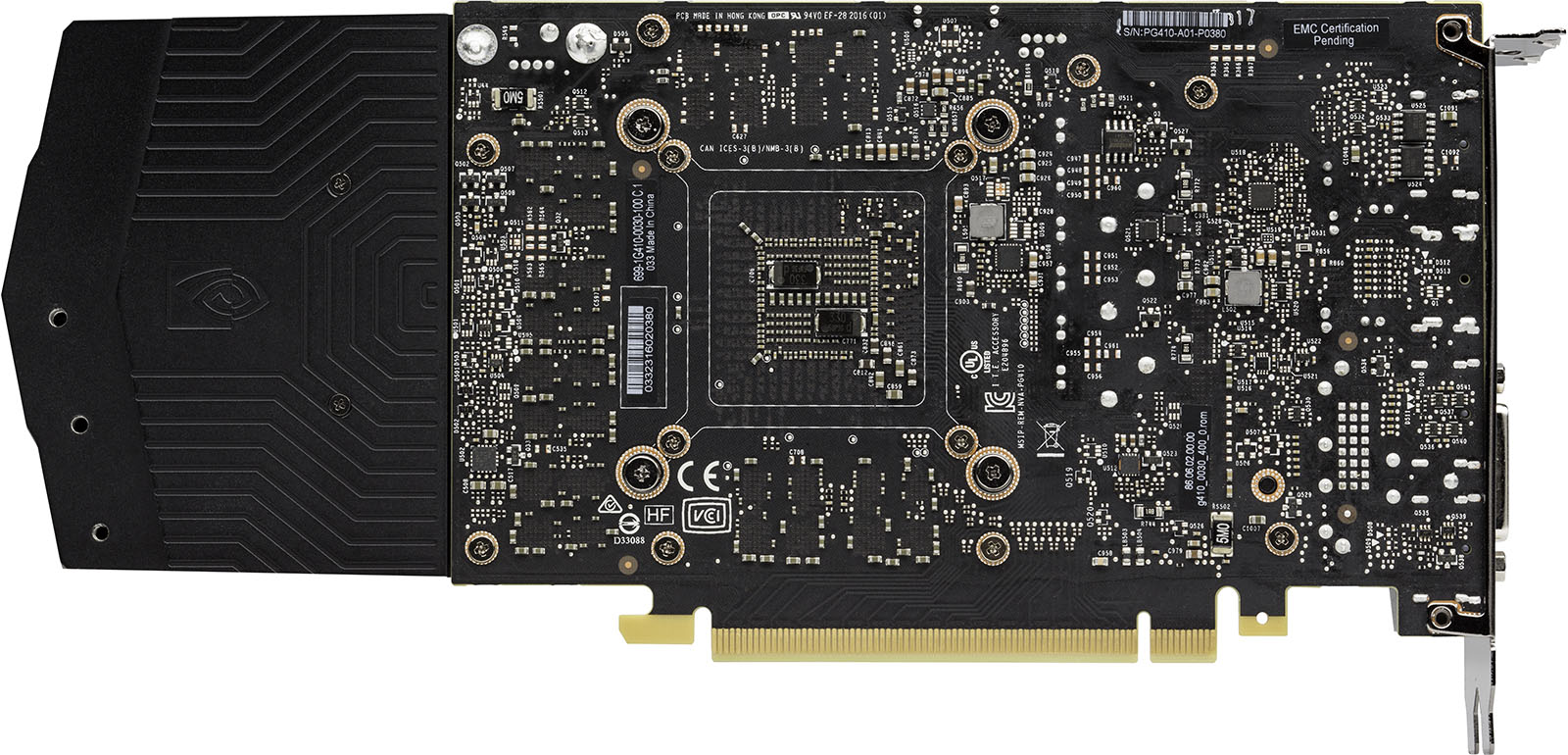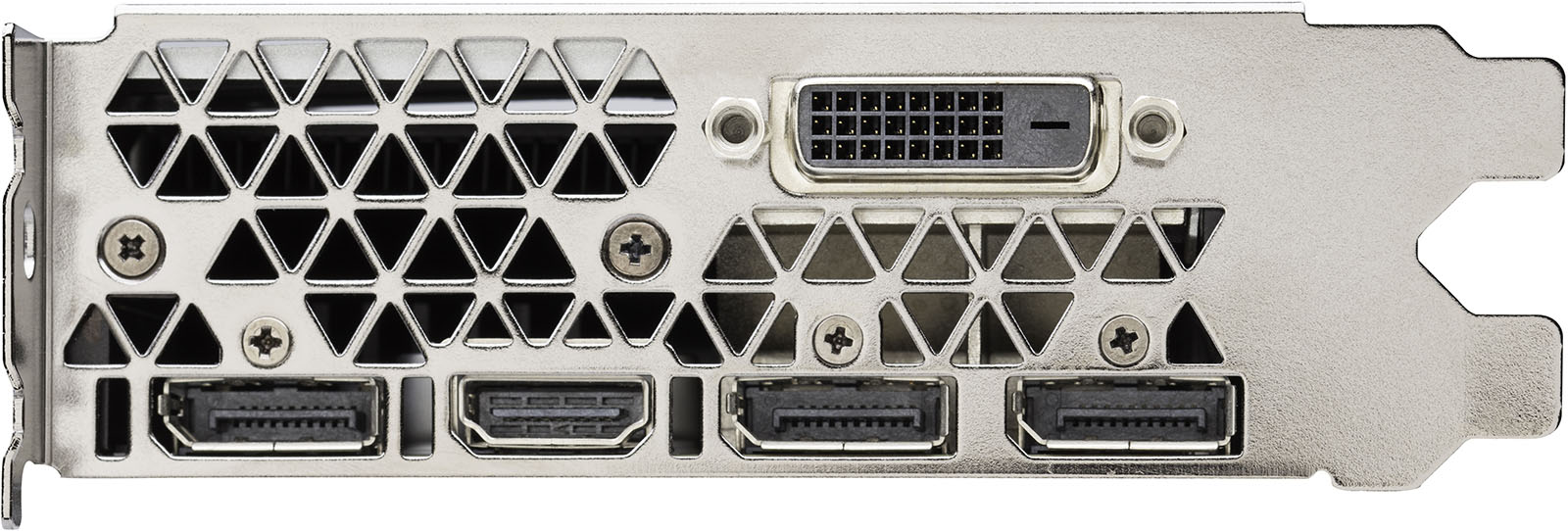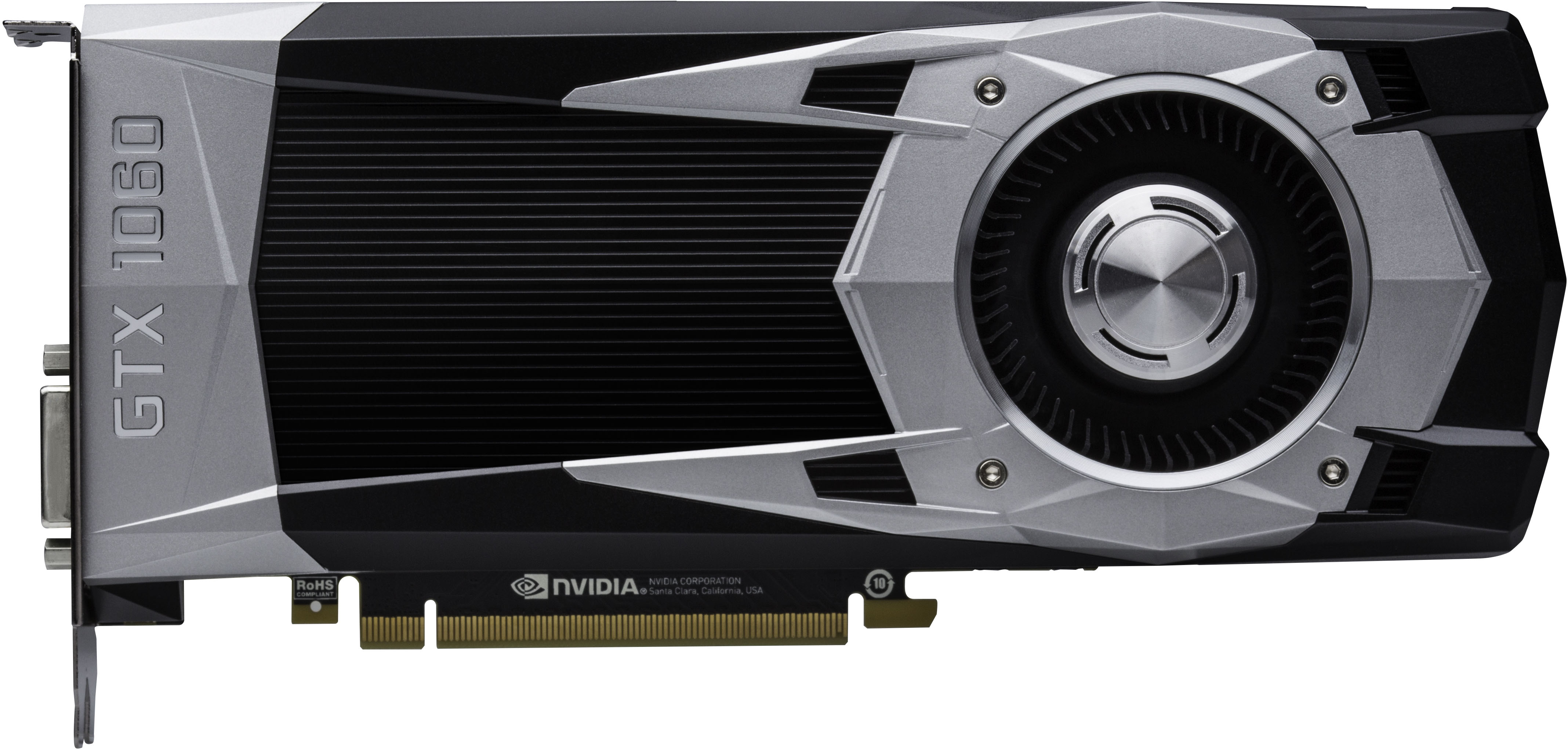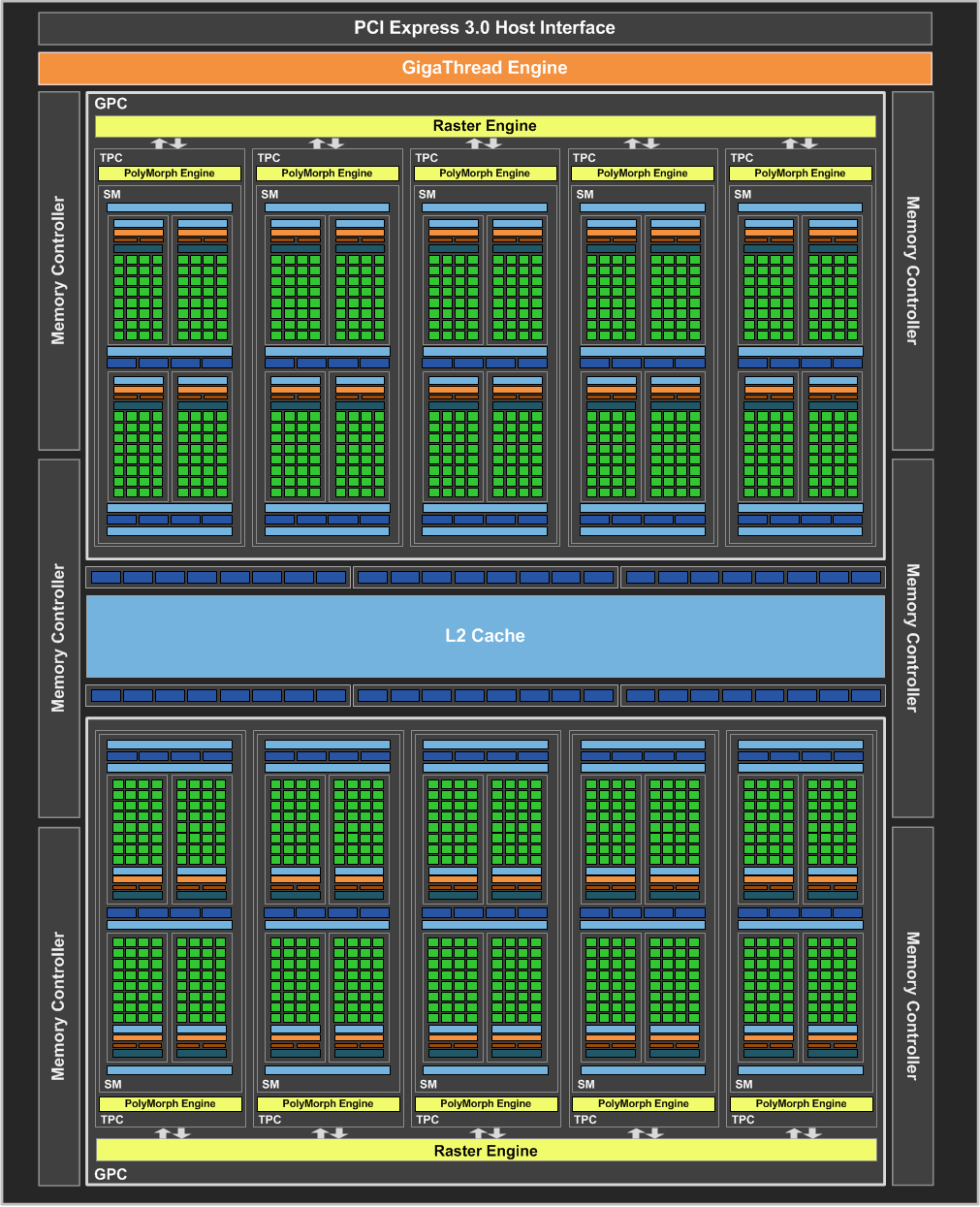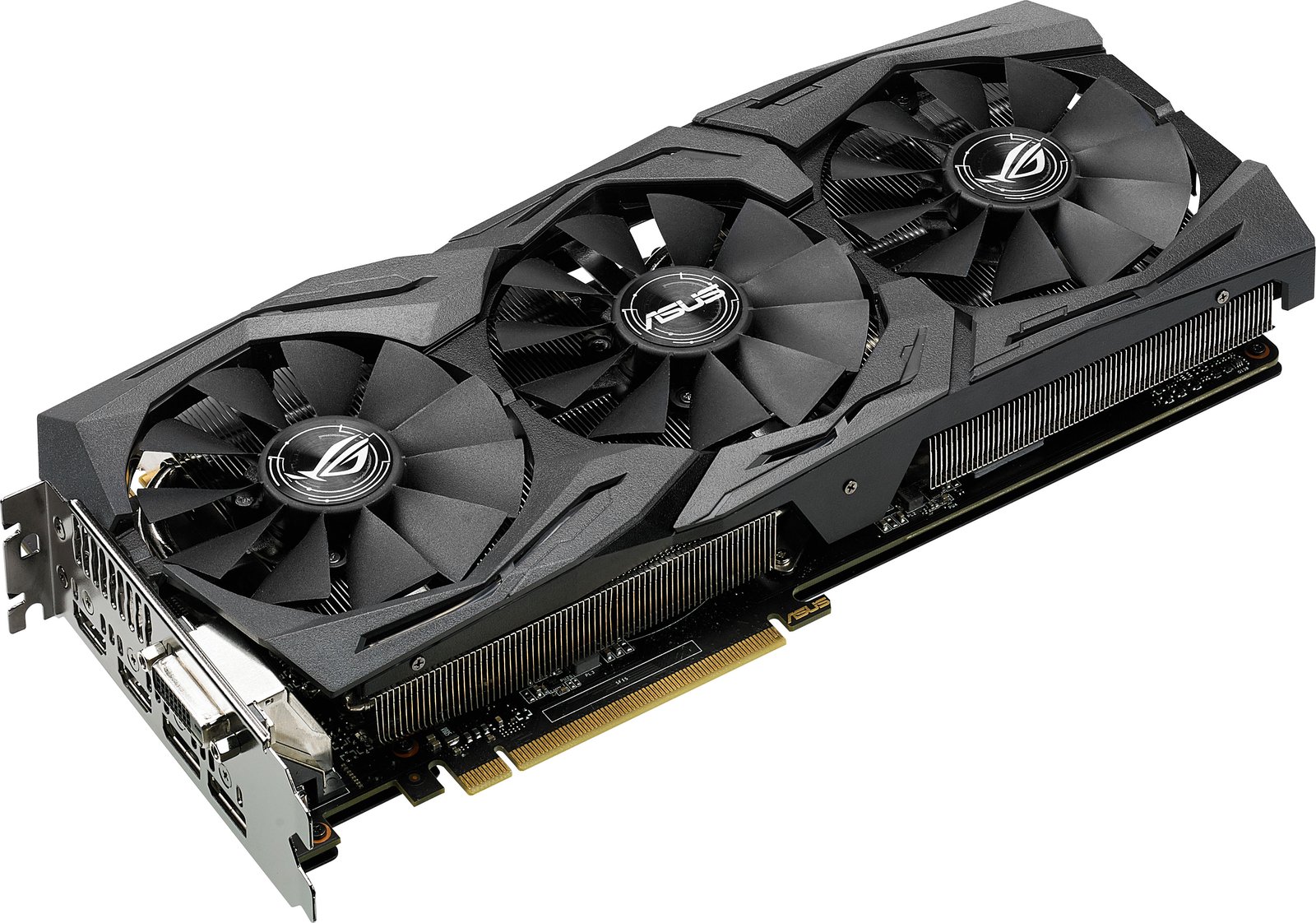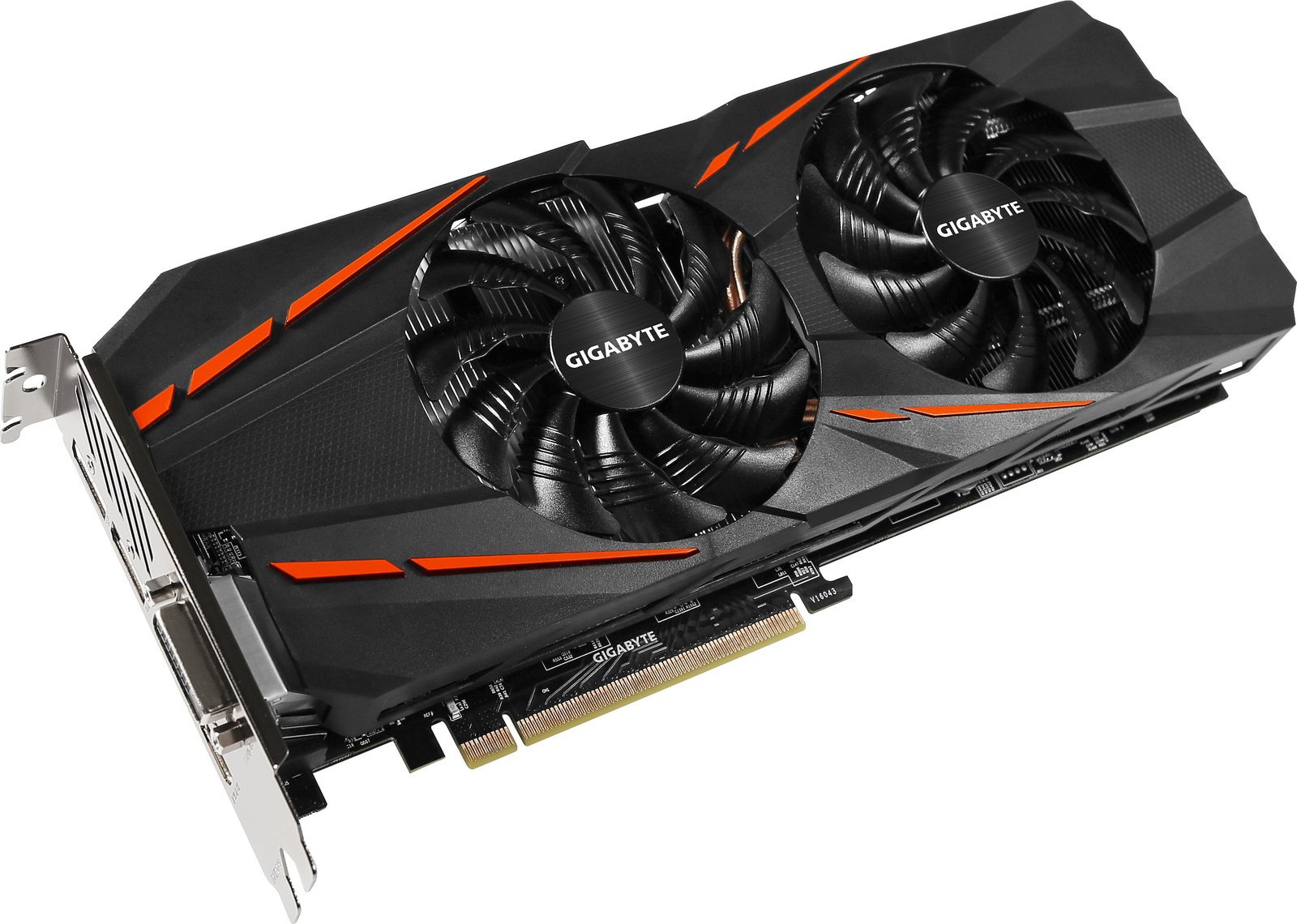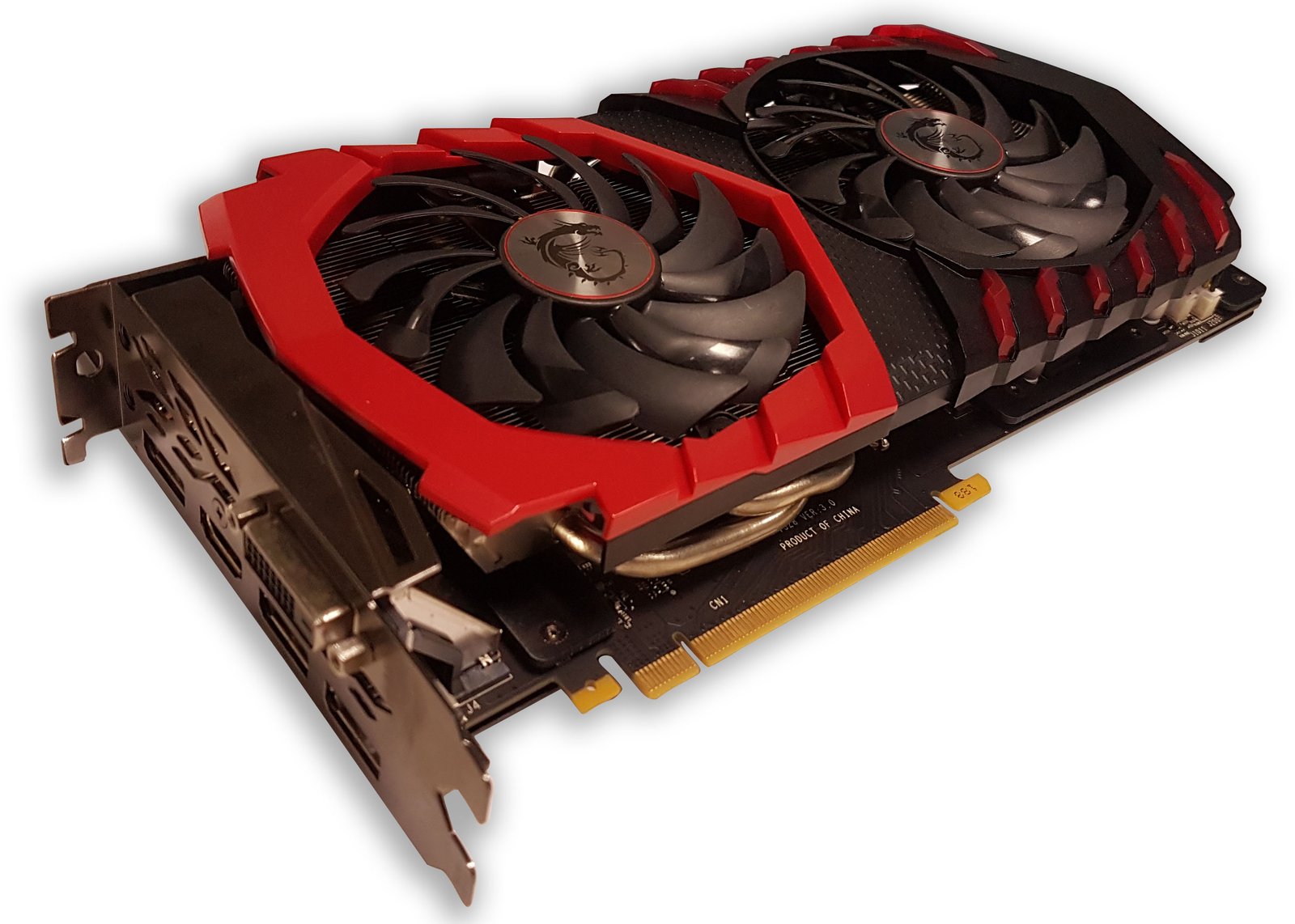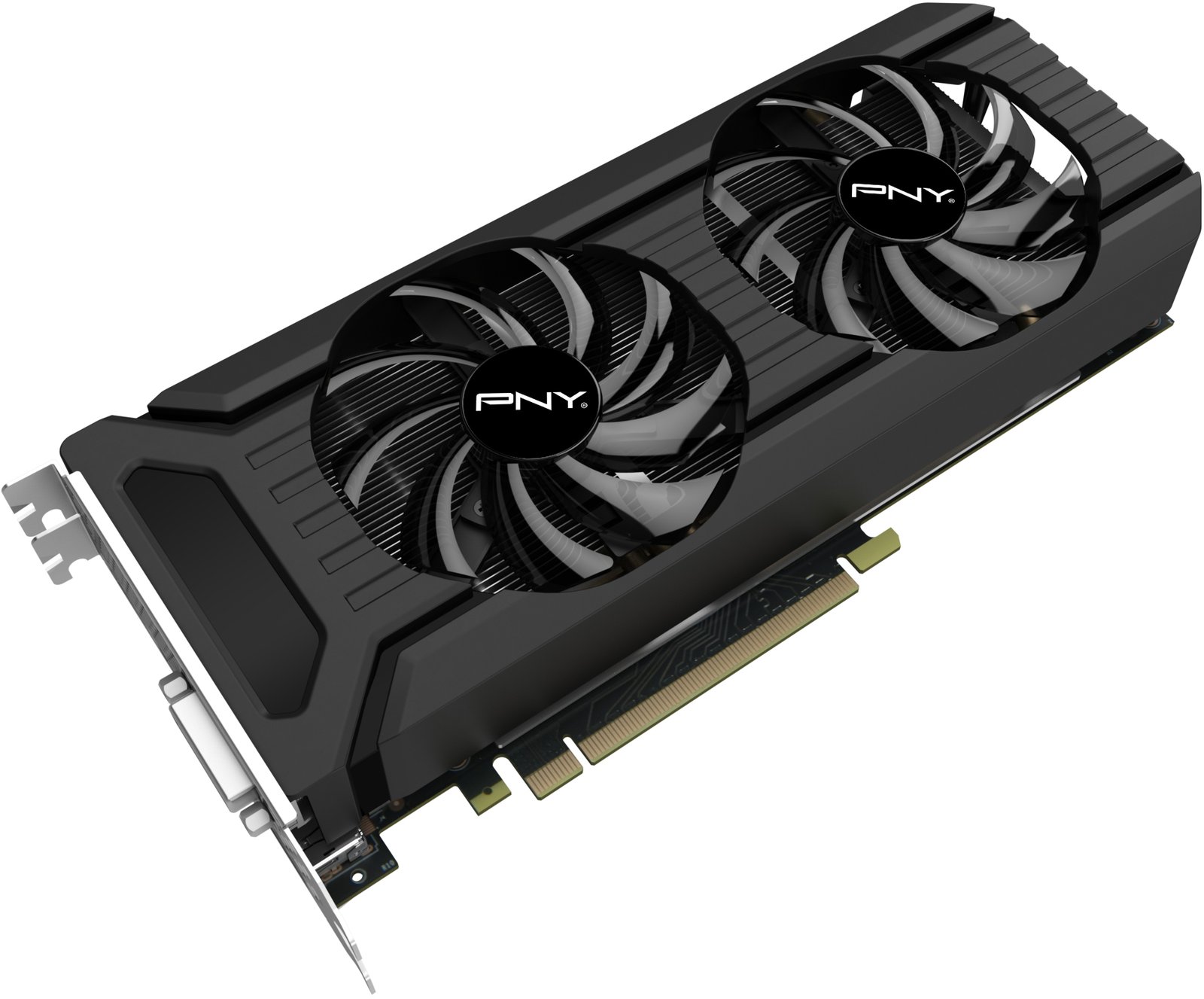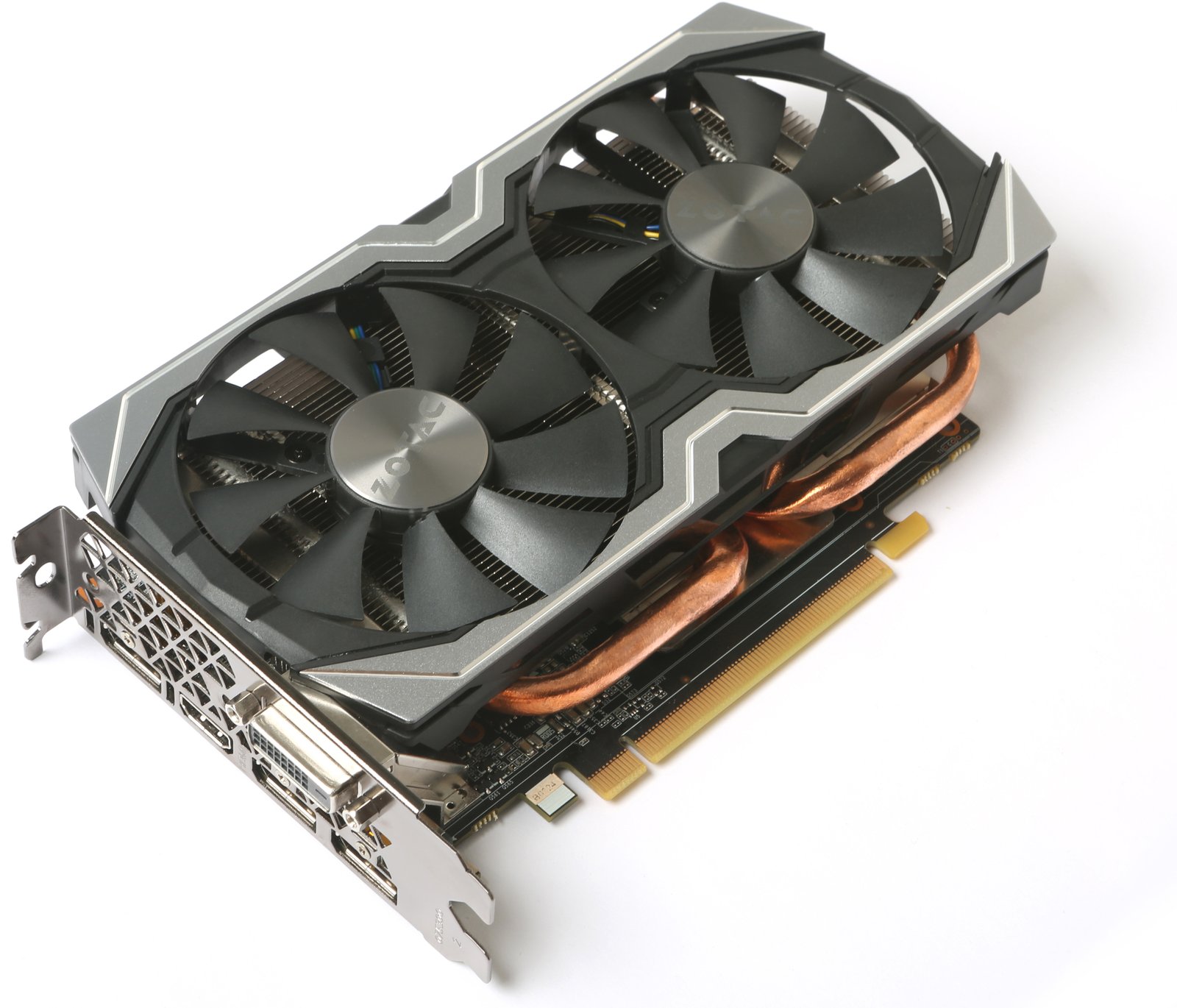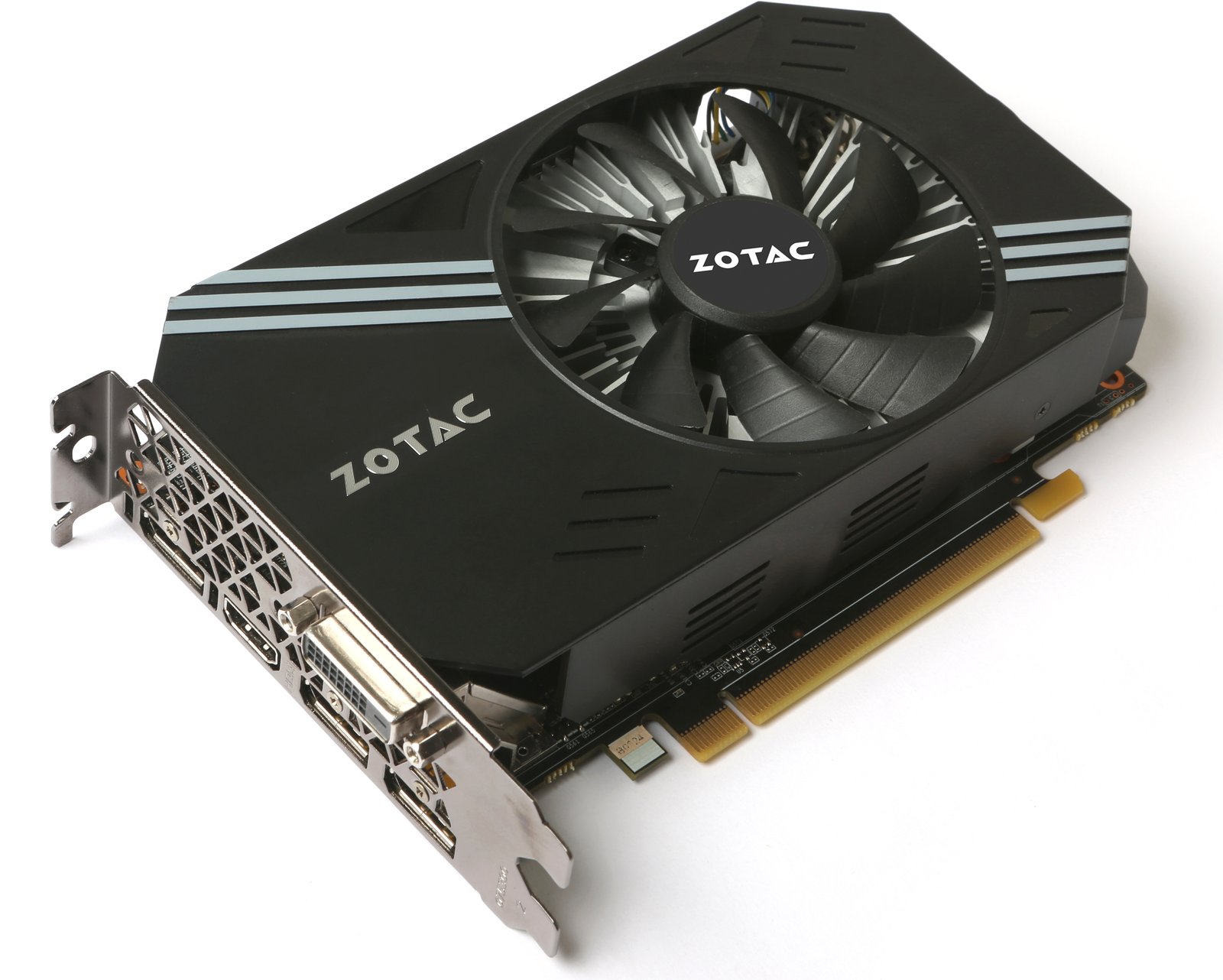- Qualcomm Launches Snapdragon 4 Gen 2 Mobile Platform
- AMD Launches Ryzen PRO 7000 Series Mobile & Desktop Platform
- Intel Launches Sleek Single-Slot Arc Pro A60 Workstation Graphics Card
- NVIDIA Announces Latest Ada Lovelace Additions: GeForce RTX 4060 Ti & RTX 4060
- Maxon Redshift With AMD Radeon GPU Rendering Support Now Available
NVIDIA GeForce GTX 1060 6GB Graphics Card Review

What do we have here? Could it really be another GPU launch? You bet! With NVIDIA having taken care of the high-end with its GTX 1080 and GTX 1070, the time was apparently right to release its mainstream GTX 1060 – coincidentally so soon after AMD launched its RX 480! Let’s see how the two cards compare.
Page 1 – Introduction, About The GTX 1060 & Testing Notes
Geez, this has been a weird GPU launch season. This past spring, I couldn’t even figure out if any new cards would be released before the fall, but we ended up getting some before the summer. That came courtesy of NVIDIA’s first Pascal cards, the GeForce GTX 1080 and GTX 1070. Not long after, AMD unleashed its Radeon RX 480.
So what makes all of this weird? Well, to start, AMD didn’t have a GPU to directly respond to either of NVIDIA’s top-end cards, which is a little unusual. Instead, the company decided to cater to the “mainstream” audiences, which it deserves kudos for. As we find out today, though, while AMD didn’t have a response to the GTX 1070 and higher, NVIDIA sure had a response to AMD’s RX 480.
That response is the GeForce GTX 1060. If you’re at all surprised by this, then you might have been taking a break from the Internet, because even NVIDIA itself has been hyping this card up. That leads me to another weird point: a couple of weeks ago, NVIDIA itself posted the GTX 1060’s full specs on its GeForce.com website. When does that ever happen before a new launch?
What we’re witnessing is the sheer power of NVIDIA. There’s no doubt that the company had the GTX 1060 in its planning stages for a while, but had AMD held off another few months on its RX 480 launch, I am doubtful we’d be seeing this card right now. Regardless of that, though, what we’re seeing with the GTX 1060 is NVIDIA giving us a reason to consider getting one over the RX 480, as it has what it takes to do that. NVIDIA is very good at playing rough.
Before I go further, I’ll admit that this review isn’t going to be as detailed as I’d like, which is a problem I ran into with my look at the RX 480 as well. Time has been limited lately due to other site projects as well as travel. If I don’t cover something you want to know, please leave a comment below.
| NVIDIA GeForce Series | Cores | Core MHz | Memory | Mem MHz | Mem Bus | TDP |
| GeForce GTX 1080 | 2560 | 1607 | 8192MB | 10000 | 256-bit | 180W |
| GeForce GTX 1070 | 1920 | 1506 | 8192MB | 8000 | 256-bit | 150W |
| GeForce GTX 1060 | 1280 | ≤1700 | 6144MB | 8000 | 192-bit | 120W |
| GeForce GTX TITAN X | 3072 | 1000 | 12288MB | 7000 | 384-bit | 250W |
| GeForce GTX 980 Ti | 2816 | 1000 | 6144MB | 7000 | 384-bit | 250W |
| GeForce GTX 980 | 2048 | 1126 | 4096MB | 7000 | 256-bit | 165W |
| GeForce GTX 970 | 1664 | 1050 | 4096MB | 7000 | 256-bit | 145W |
| GeForce GTX 960 | 1024 | 1126 | 2048MB | 7010 | 128-bit | 120W |
| GeForce GTX 950 | 768 | 1024 | 2048MB | 6600 | 128-bit | 90W |
The GTX 1060 has half the cores of the top-end GTX 1080 and the same memory speed of the GTX 1070. The $239 Radeon RX 480, with its 8GB framebuffer, beats out NVIDIA’s GTX 1060 by 2GB. However, I’d wager that for most gamers, 6GB isn’t going to prove a bottleneck anytime soon, thanks especially to the fact that the card is not capable of being paired up with another in SLI.
In case you sped right on past that: the GTX 1060 does not support SLI, as the above image can attest. This is a bit of an unusual move, as every card of its class in recent generations from NVIDIA has had SLI support.
NVIDIA’s reasoning is likely that SLI configurations are simply not as common as they used to be, and when people do use SLI, it typically involves the higher-end GPUs. Even still, it’s unfortunate to see SLI go away on this class of cards, because at least the option was there!
In the slide above, we can get a preview of vendor cards to come. ASUS is of course going to have a Strix model available, MSI its Gaming X, and GIGABYTE, its Gaming G1. Oh – and then there’s ZOTAC’s two offerings; one of which is perfectly suited for ITX chassis (it’s the final card in the carousel above).
All of the launch cards we’ve seen so far have included the same assortment of video ports as the Founders Edition model (which is $299, for the record): 3x DisplayPort, 1x HDMI, and 1x DVI. NVIDIA expects that vendor GTX 1060s will start out at $249 – $10 greater than AMD’s RX 480 8GB.
Testing Notes
When we need to build a test PC for performance testing, “no bottleneck” is the name of the game. While we admit that few of our readers are going to be equipped with an Intel 8-core processor clocked to 4GHz, we opt for such a build to make sure our GPU testing is as apples-to-apples as possible, with as little variation as possible. Ultimately, the only thing that matters here is the performance of the GPUs, so the more we can rule out a bottleneck, the better.
That all said, our test PC:
| Graphics Card Test System | |
| Processors | Intel Core i7-5960X (8-core) @ 4.0GHz |
| Motherboard | ASUS X99 DELUXE |
| Memory | Kingston HyperX Beast 32GB (4x8GB) – DDR4-2133 11-12-11 |
| Graphics | AMD Radeon R9 Nano 4GB – Catalyst 16.5.3 AMD Radeon RX 480 8GB – Catalyst 16.6.2 Beta NVIDIA GeForce GTX 980 4GB – GeForce 365.22 NVIDIA GeForce GTX TITAN X 12GB – GeForce 365.22 NVIDIA GeForce GTX 1060 6GB – GeForce 368.64 (Beta) NVIDIA GeForce GTX 1070 8GB – GeForce 368.19 (Beta) NVIDIA GeForce GTX 1080 8GB – GeForce 368.25 |
| Audio | Onboard |
| Storage | Kingston SSDNow V310 1TB SSD |
| Power Supply | Cooler Master Silent Pro Hybrid 1300W |
| Chassis | Cooler Master Storm Trooper Full-Tower |
| Cooling | Thermaltake WATER3.0 Extreme Liquid Cooler |
| Displays | Acer Predator X34 34″ Ultra-wide Acer XB280HK 28″ 4K G-SYNC ASUS MG279Q 27″ 1440p FreeSync |
| Et cetera | Windows 10 Pro (10586) 64-bit |
Framerate information for all tests – with the exception of certain time demos and DirectX 12 tests – are recorded with the help of Fraps. For tests where Fraps use is not ideal, I use the game’s built-in test (the only option for DX12 titles right now). In the past, I’ve tweaked the Windows OS as much as possible to rule out test variations, but over time, such optimizations have proven fruitless. As a result, the Windows 10 installation I use is about as stock as possible, with minor modifications to suit personal preferences.
In all, I use 8 different games for regular game testing, and 3 for DirectX 12 testing. That’s in addition to the use of three synthetic benchmarks. Because some games are sponsored, the list below helps oust potential bias in our testing.
(AMD) – Ashes of the Singularity (DirectX 12)
(AMD) – Battlefield 4
(AMD) – Crysis 3
(AMD) – Hitman (DirectX 12)
(NVIDIA) – Metro: Last Light Redux
(NVIDIA) – Rise Of The Tomb Raider (incl. DirectX 12)
(NVIDIA) – The Witcher 3: Wild Hunt
(Neutral) – DOOM
(Neutral) – Grand Theft Auto V
(Neutral) – Total War: ATTILA
If you’re interested in benchmarking your own configuration to compare to our results, you can download this file (5MB) and make sure you’re using the exact same graphics settings. I’ll lightly explain how I benchmark each test before I get into each game’s performance results.
PLEASE NOTE – Due to a lack of time, I was unable to retest AMD’s RX 480 using its most up-to-date drivers (outside of the DirectX 12 tests). As covered before, the post-launch drivers can improve performance by up to 3%, so bearing that in mind, let’s get to the results.
Support our efforts! With ad revenue at an all-time low for written websites, we're relying more than ever on reader support to help us continue putting so much effort into this type of content. You can support us by becoming a Patron, or by using our Amazon shopping affiliate links listed through our articles. Thanks for your support!




